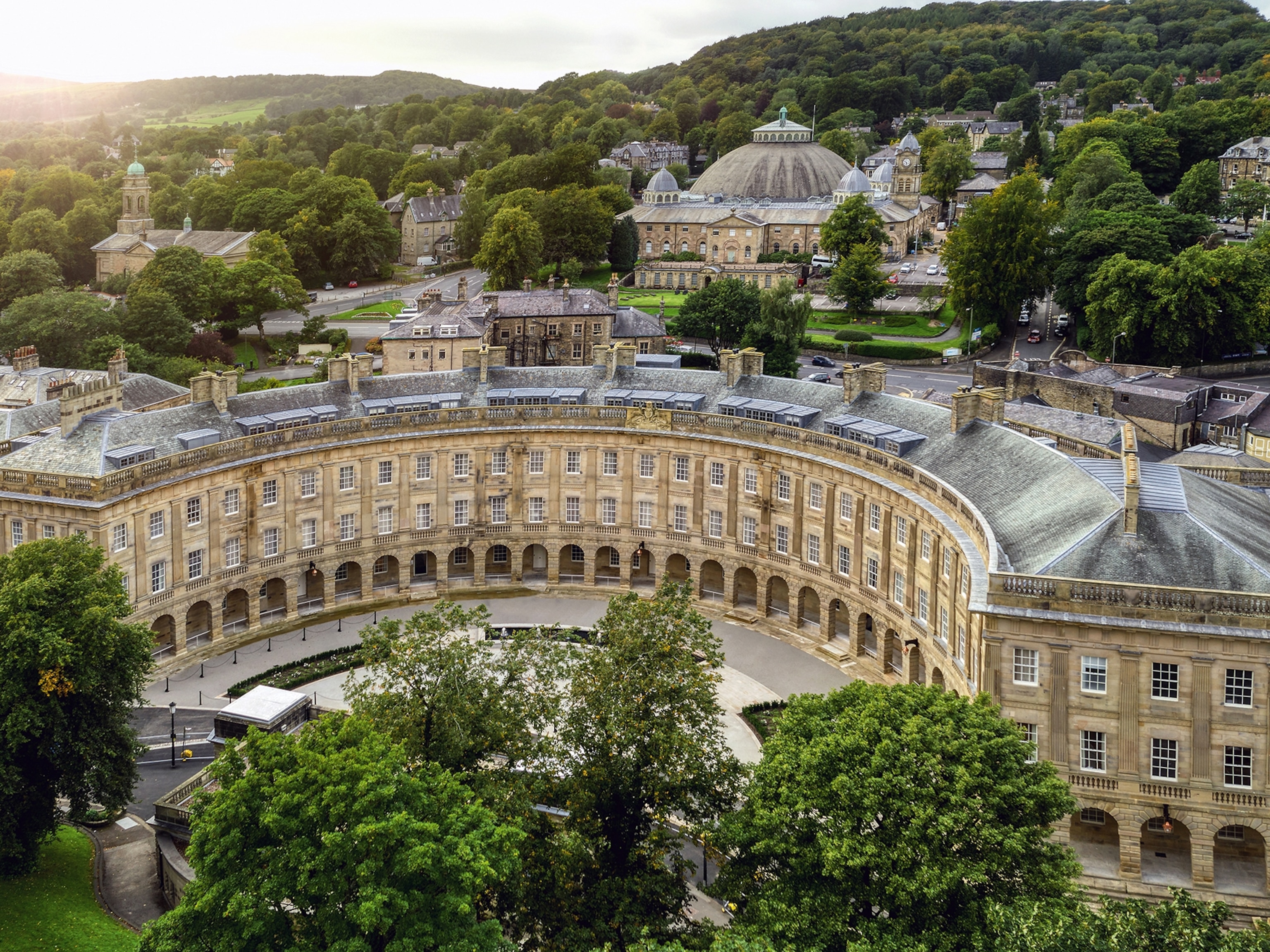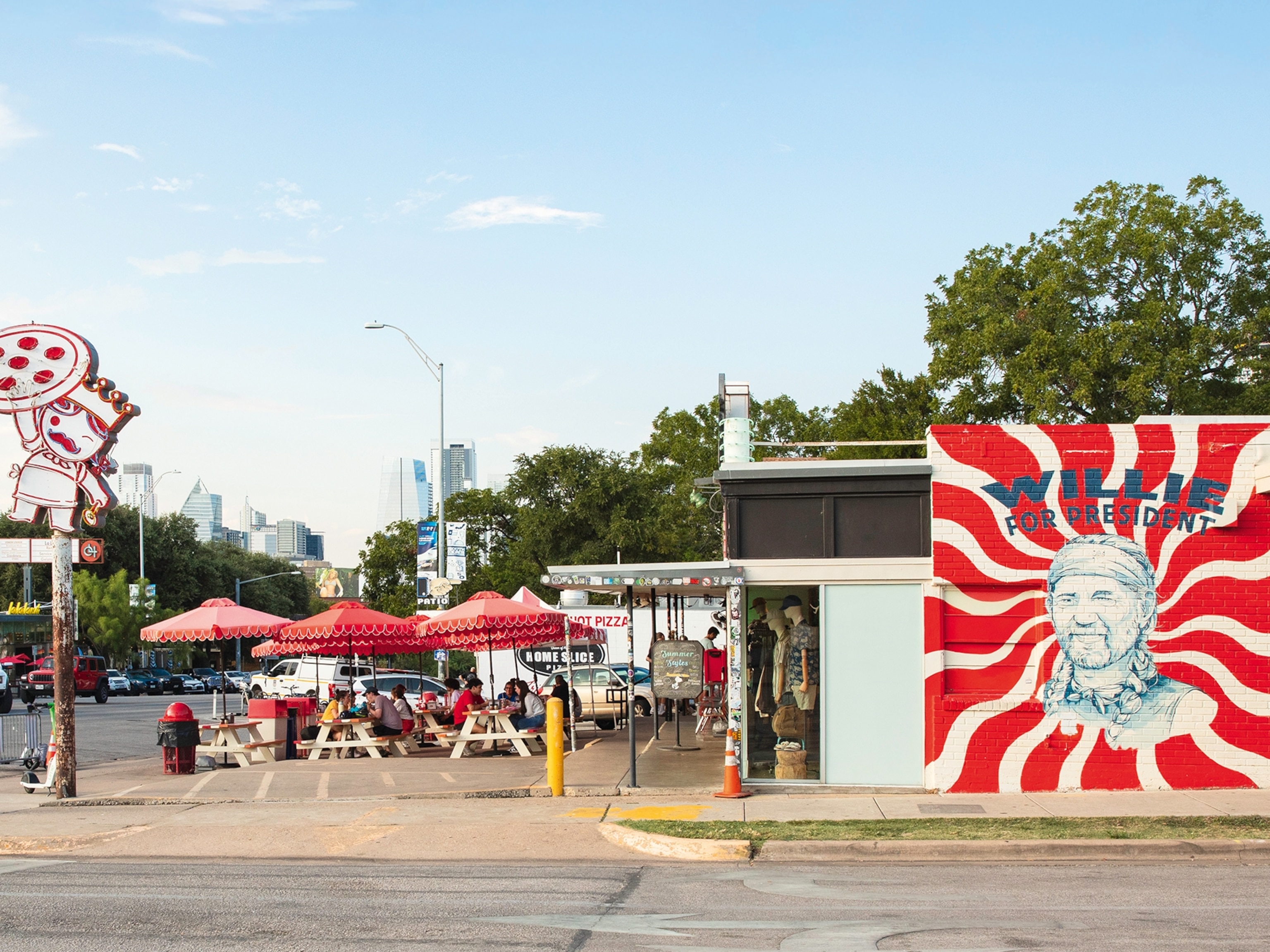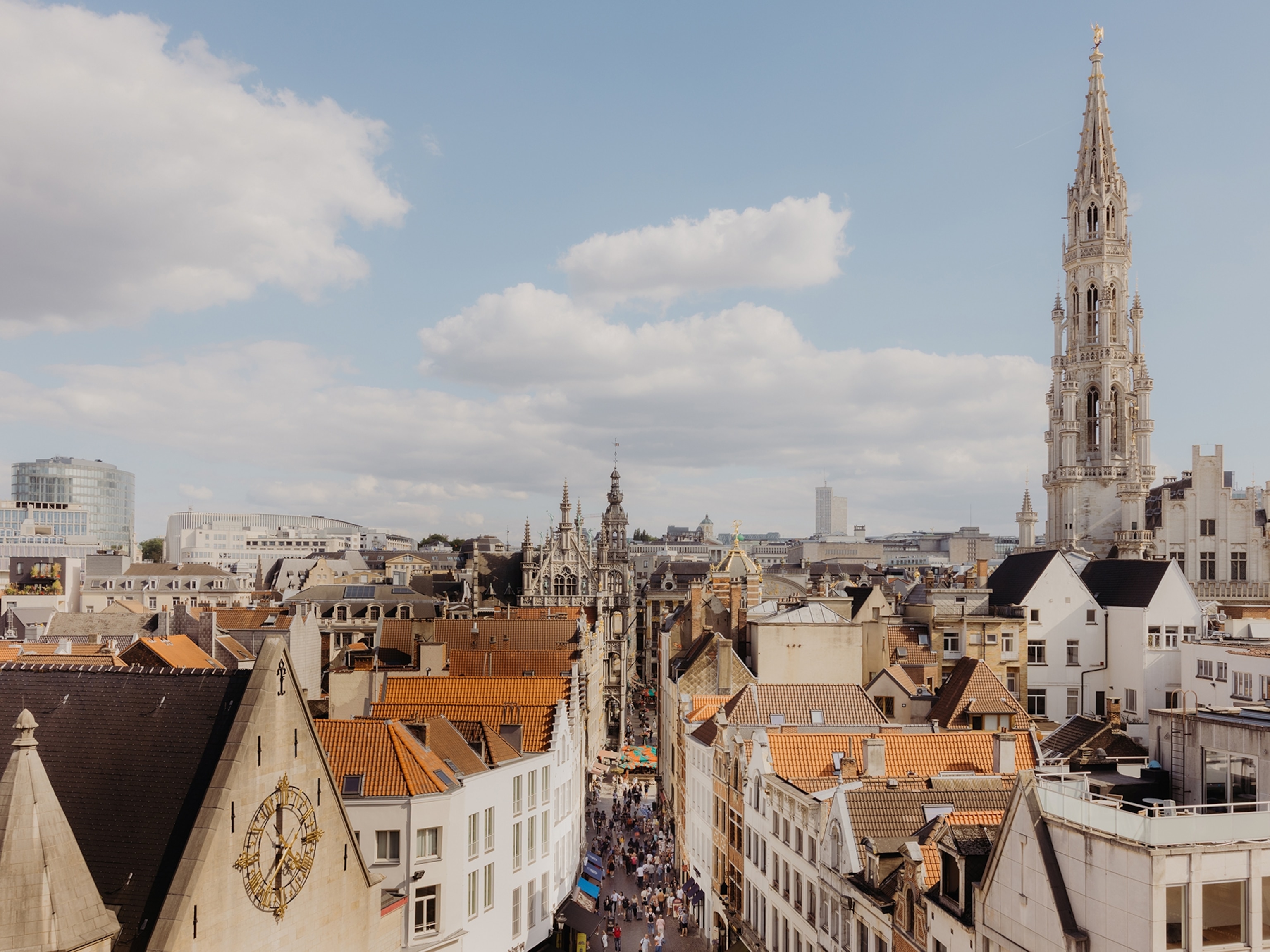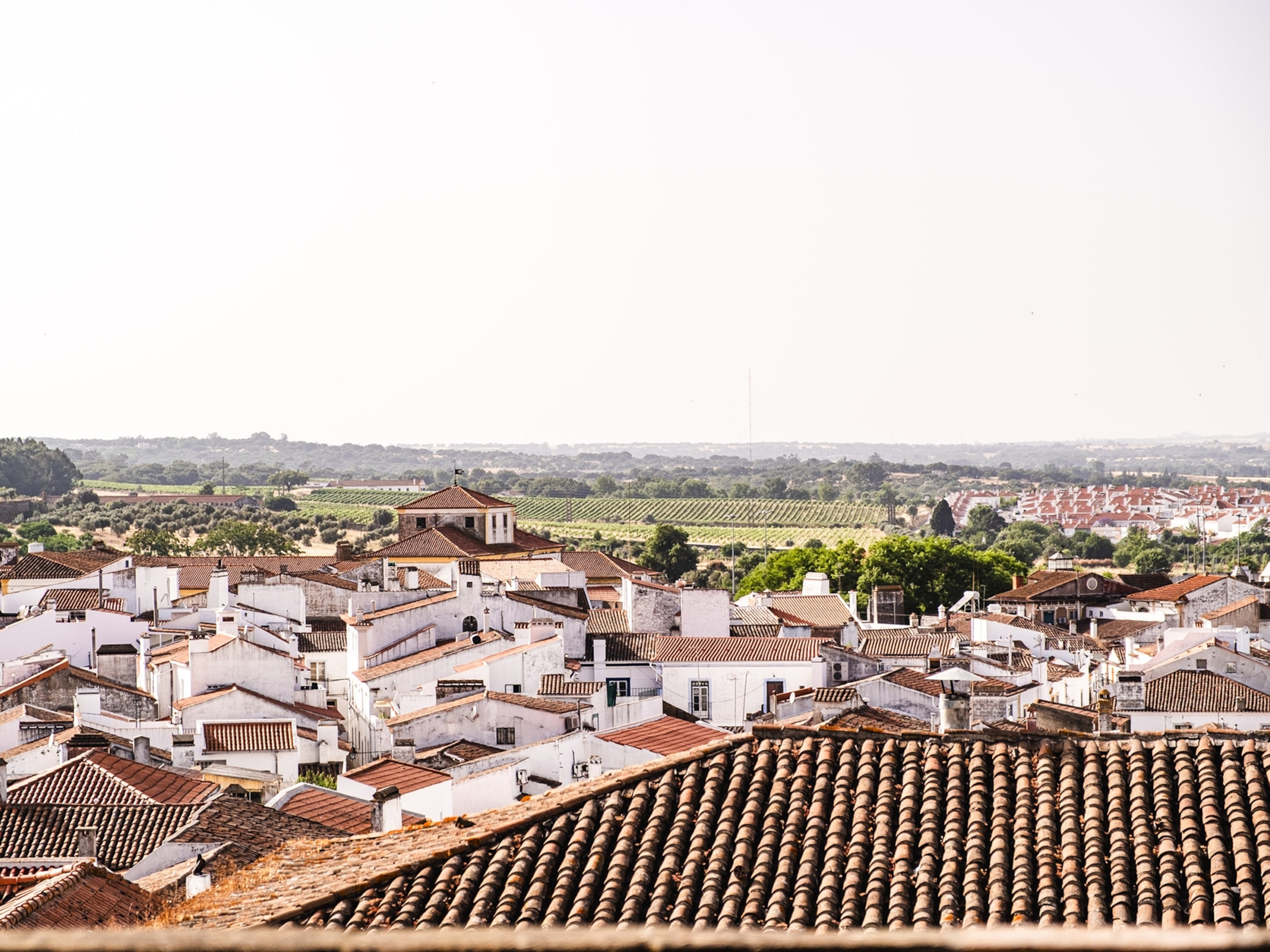
What to do in St Davids, the UK's smallest city
Head to the pint-sized Pembrokeshire city for saintly history, wild coastal rambles and a burgeoning food scene.
Why go
With just 1,600 residents, St Davids is Britain’s smallest city by population, sitting on a beautiful stretch of the Pembrokeshire coast. It’s home to pastel-painted cottages, pubs, galleries, an outdoor market, restaurants serving farm-to-fork and foraged food and — the jewel in its crown — a 12th-century cathedral. Touring the city is entirely possible in a weekend, but it pays to stay a little longer: with time, you can walk a leg of the 186-mile Pembrokeshire Coast Path, heading up and over cliffs to hidden coves and Neolithic sites; spot shearwaters on the RSPB-owned Ramsey Island; or try a spot of coasteering.
What to do
Medieval pilgrims would flock to a shrine within St Davids Cathedral, where the bones of St David and St Justinian are reputed to lie. Today, you can follow in their footsteps with a 3.5-mile coastal walk around St Davids Head, a promontory forged from volcanic rock. Begin at Whitesands Bay before hiking to Porthmelgan and following the trail onwards to the Neolithic burial chamber of Coetan Arthur and the peak of Carn Llidi. Finish up by looping back to St Davids Head.
Where to eat
For a forage-focused lunch or cake, the Really Wild Food Emporium lives up to its name with the likes of whipped goat’s cheese mousse with red valerian and Japanese knotweed, and seaweed brownies. Elsewhere, Blas Restaurant riffs on top-quality local, seasonal ingredients in accomplished dishes like Welsh lamb with hen of the woods, black garlic and roasted onion.
Where to stay
A 19th-century windmill is the basis for the slick, modern Twr Y Felin Hotel, which has 20 new rooms as of 2021. Set in landscaped grounds, it’s full of specially commissioned, large-scale contemporary artworks, which pep up the monochrome, minimalist-luxe interiors. From £250, B&B.
We like
Try coasteering (a mix of cave swims, bouldering and cliff jumps) with adventure specialist TYF, one of the sport’s pioneers in the 1980s. It also offers all kinds of coastal activities, with guides shining a light on the area’s rich biodiversity along the way.
Don’t miss
For a close encounter with the undergrowth, stop by The Bug Farm and Grub Kitchen, the joint venture of academic entomologist, ecologist and farmer Dr Sarah Beynon and her husband, chef Andy Holcroft. Take a romp around the bee-rich wildflower meadows and the bug-focused museum before tucking into a lunch featuring edible insects.
Published in the November 2021 issue of National Geographic Traveller (UK)
Follow us on social media
Facebook | Twitter | Instagram





